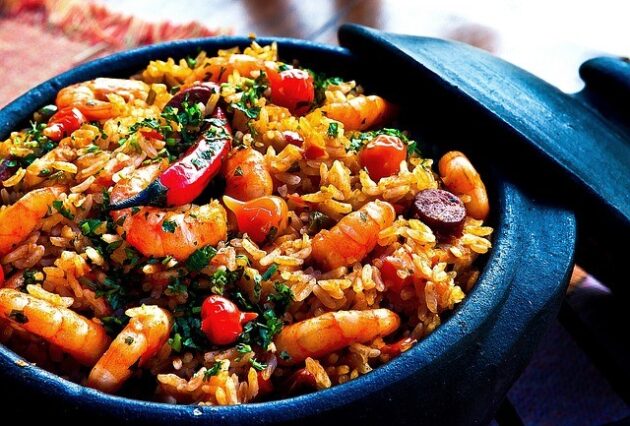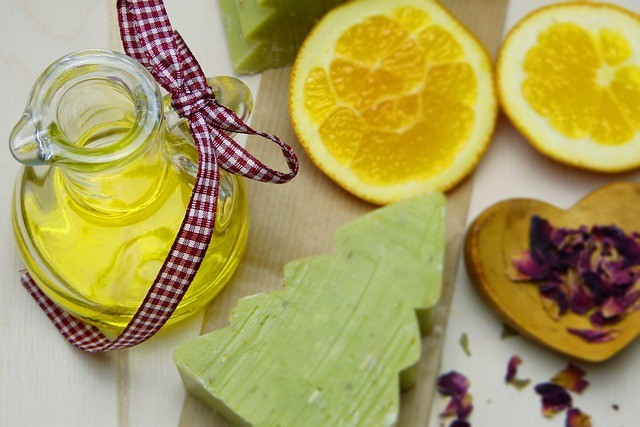The kitchen is the hub of a home. It is where you prepare and eat meals, chat over coffee with friends, and somewhere you spend a lot of your time. However, it can also be the place in your home where you produce waste that is detrimental to the environment. Having an eco-kitchen can really make a difference to the effect you have on the planet, and while you may not be able to make lots of changes at once, you can start by changing what you can.

What is an Eco-Friendly Kitchen?
An eco-friendly kitchen is one that works on reducing waste, recycling where possible, saves energy and uses green products to clean with. It is also one that uses kitchen equipment made from sustainable materials.
Eco-kitchens go a step further if designed from scratch, in that the counters and cupboards are made with environmentally friendly materials, as is the flooring, and eco kitchen paint is used on the walls.
If you are looking for green living for your kitchen, but not sure where to start, then begin by changing the things that are easiest.
Green Cooking
Go Organic – cooking healthy meals from local, organic produce is a great way to go green in the kitchen. By choosing local produce, you are not contributing to the pollution caused by food travelling miles from its source to the stores.
It is healthy, fresher foods that retain their nutrients, rather than food that is harvested before it is ripe. You are putting less chemicals into your body, such as from pesticides and fertilisers.
Batch Cook Meals – the environmentally friendly kitchen uses energy efficiently to cook food. Batch cooking meals is a great way to save energy in the kitchen. Cooking larger quantities of food, for example enough to make two or three meals, means you use about the same amount of energy as it takes to cook one. The extra meals can be frozen and reheated, saving you time on meal preparation too.
Pots and Pans – if you use pans that are to large for what you are cooking, ten you are using more energy to heat and cook you food. For eco-friendly cooking, use the right sized cooking pans and just enough water if you boil anything. Make sure you use a lid to help retain heat.

Energy efficient cookware includes pots and pans made form cast iron, glass and ceramic, as these materials retain heat, shortening cooking times, and stay hot for longer.
Storing Food
Re-use – an eco-friendly kitchen is also a money saving kitchen! Swap to reusable food storage containers so you no longer have to buy single-use plastics such as cling film. Other ways of keeping food fresh is to use beeswax cloth, reusable silicon food bags, or simply placing a plate over a bowl as a covering. Read more about healthy alternatives to cling film and tin foil here.
Food Waste
Compost – make the most of your food waster by putting fruit and vegetable scraps into a garden compost bin. Making your own compost means you can add nutrients to garden plants, or use it to grow your own fruit and veg. Other food scraps that can be composted are egg shells, coffee grounds and tea leaves. Don’t add meat, fish or dairy products, as this can be unhygienic, attract vermin and lead to a smelly garden!
Don’t have a garden? You can still compost your waste in an indoor system, and use the compost for houseplants.
Kitchen Recycling
Most of us recycle these days. Paper, card, glass, aluminium and plastic can be recycled and it is one of the simplest things you can do to go green in the kitchen. Plastic bags can often be recycled too.
Eco-Friendly Cleaning
Ditch the toxic chemicals – the chemical we use in the home can often be some of the most toxic substances we are exposed to on a daily basis. Not only that, by washing them down the sink, we are increasing the toxic load in the environment. Always go for non-harmful cleaning product by reading labels carefully, or make your own natural cleaning products.

Use eco-friendly kitchen cleaning tools such as wooden washing up brushes and scourers made with natural materials. Stop washing plastic micro-fibres down the plug hole!
Sustainable Design for Eco-Kitchens
Worktops and Cupboards – for an eco-kitchen design, materials used should be from sources that are sustainable. One such product is bamboo. The benefit of bamboo kitchen counters and cupboards is that it is a versatile material that can be easily worked into shapes and styles, it’s strong, and because the plant is resilient grows so quickly the wood can be harvested with less management than a tree plantation.
Another example of an eco-friendly kitchen counters is recycled glass material. This brings another use to a previously used material, plus you are avoiding the importation of materials such as marble and granite. Recycled glass counter tops look great, and provide a hygienic place to work with food.
Flooring – sustainable wood or local stone is a great choice for eco-kitchen design. You could also look for reclaimed flooring that you can re-use. This has often has aged character and brings a unique look to your kitchen.
An environmentally friendly kitchen is a great place to start living green. See what changes you can make to benefit the environment, your health, and help save money too.
